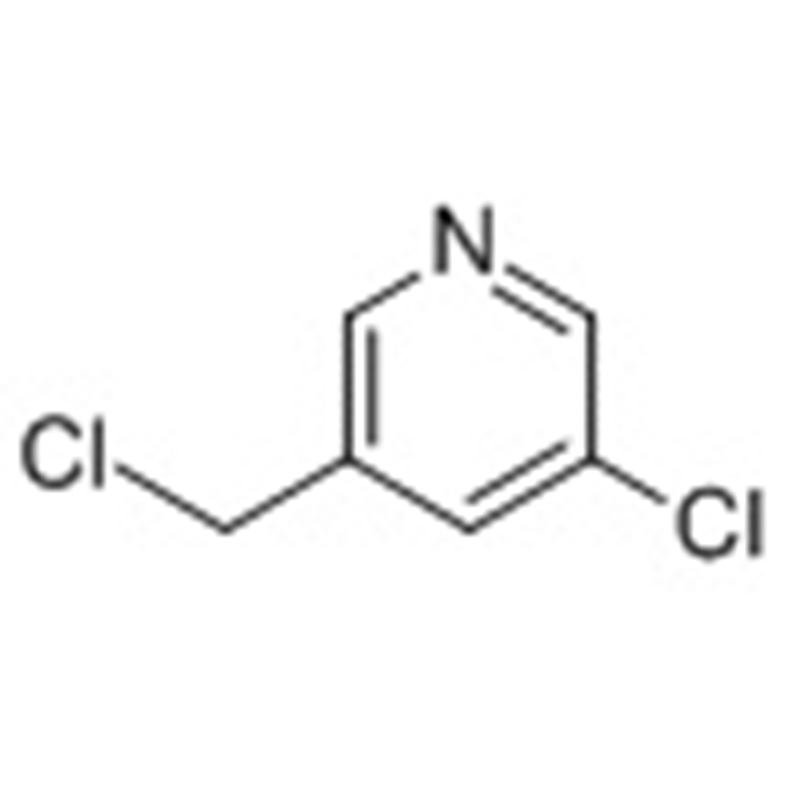2 4-Dibromobenzoic acid(CAS# 611-00-7)
| Hazard Symbols | Xi – Irritant |
| Risk Codes | 36/37/38 – Irritating to eyes, respiratory system and skin. |
| Safety Description | S26 – In case of contact with eyes, rinse immediately with plenty of water and seek medical advice. S37 – Wear suitable gloves. |
| HS Code | 29163990 |
Introduction
2,4-Dibromobenzoic acid is an organic compound. It is a white crystalline or crystalline powder. The following is an introduction to the properties, uses, preparation methods and safety information of 2,4-dibromobenzoic acid:
Quality:
- Appearance: White crystals or crystalline powder.
- Solubility: Soluble in organic solvents such as ethanol, ether and chloroform, insoluble in water.
Use:
- It can also be used as an antioxidant and rubber additive, among other things.
Method:
- The preparation method of 2,4-dibromobenzoic acid is mainly obtained by the bromination reaction of benzoic acid. In the specific step, benzoic acid first reacts with bromine in the presence of an acid catalyst to form bromobenzoic acid. Then, bromobenzoic acid is hydrolyzed to give 2,4-dibromobenzoic acid.
Safety Information:
- 2,4-Dibromobenzoic acid is relatively stable at room temperature, but can decompose at high temperatures or open flames to produce toxic gases.
- It is irritating and can cause irritation and discomfort in contact with the skin, eyes, and respiratory tract.
- Appropriate personal protective measures such as protective gloves, eye protection, and respiratory protective equipment should be taken when using, storing, and handling.
- It should be kept away from fire sources and oxidizing agents and stored in a cool, ventilated place.








